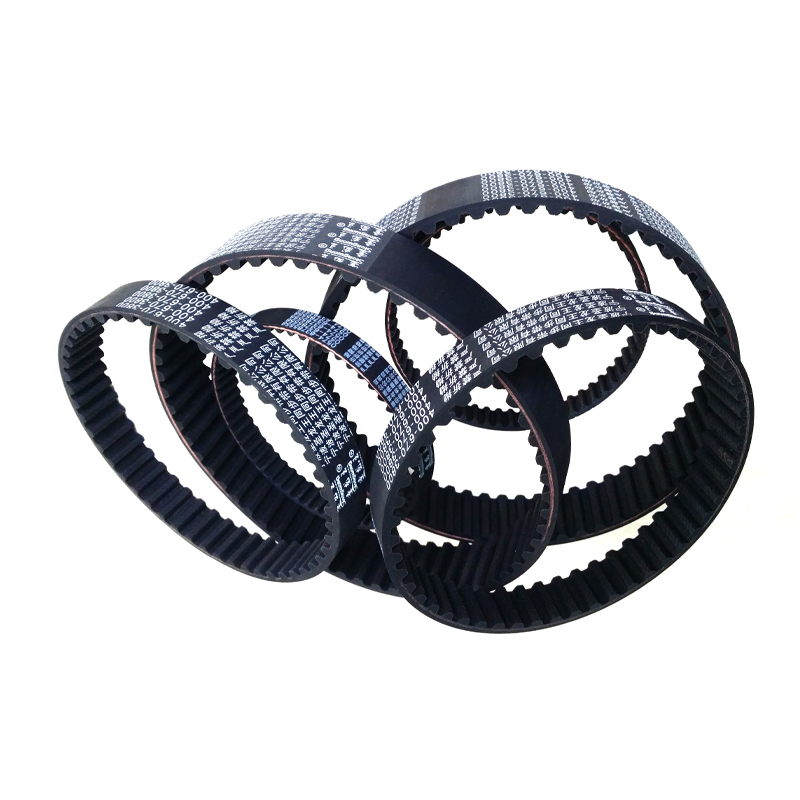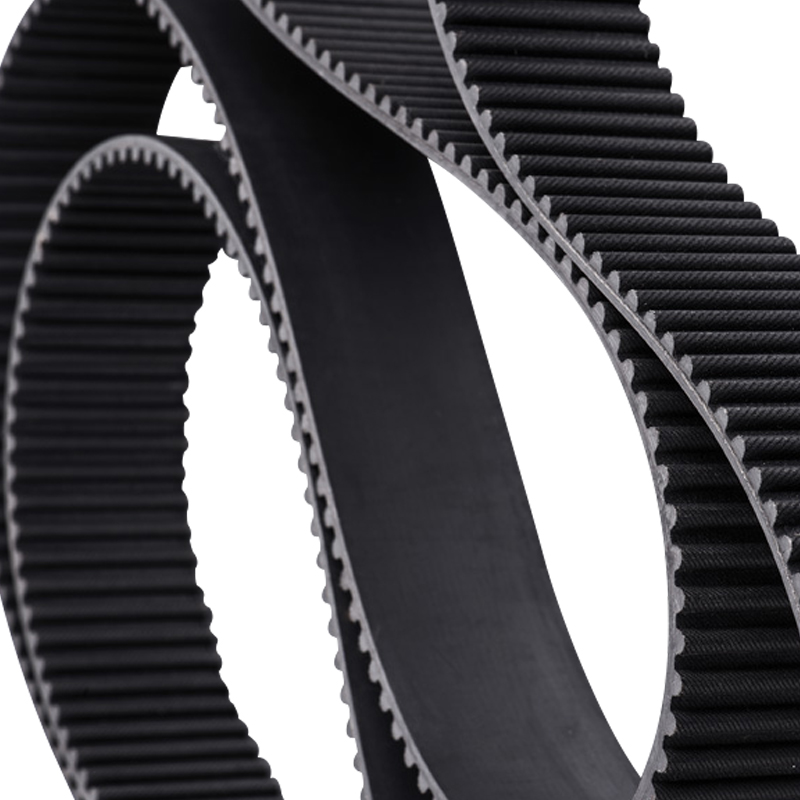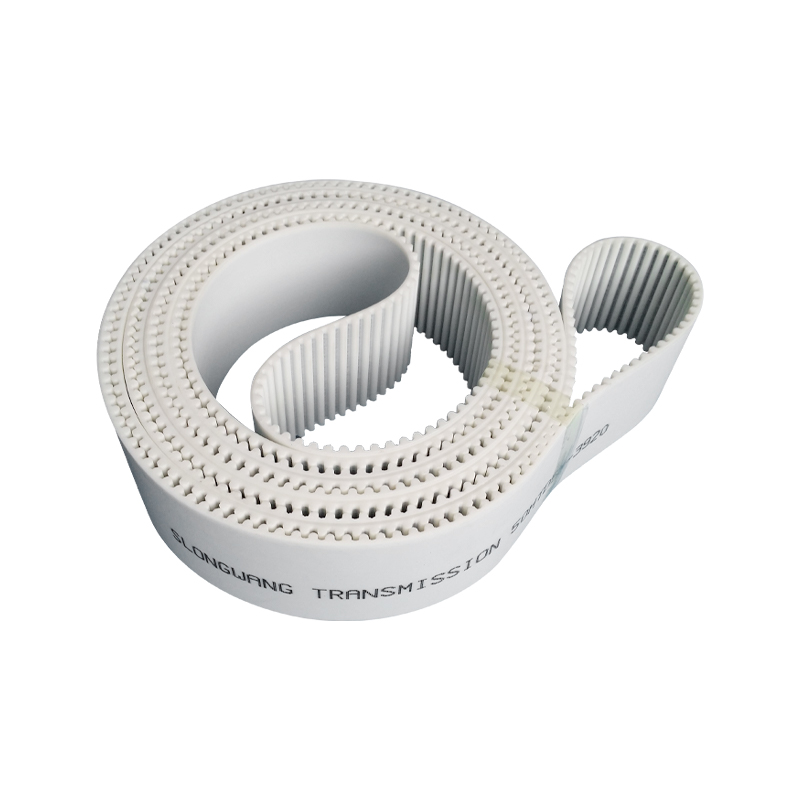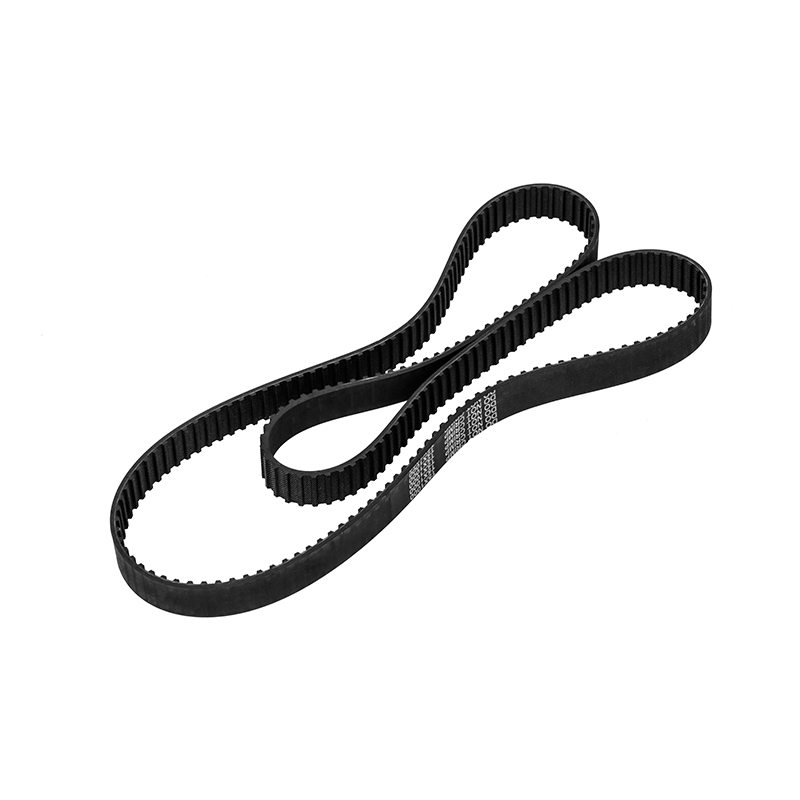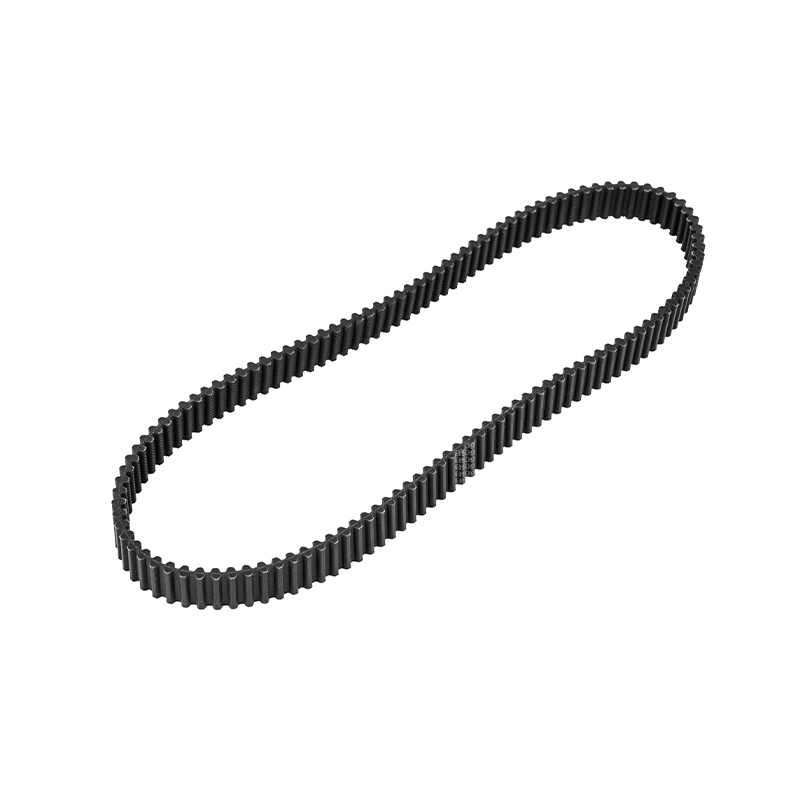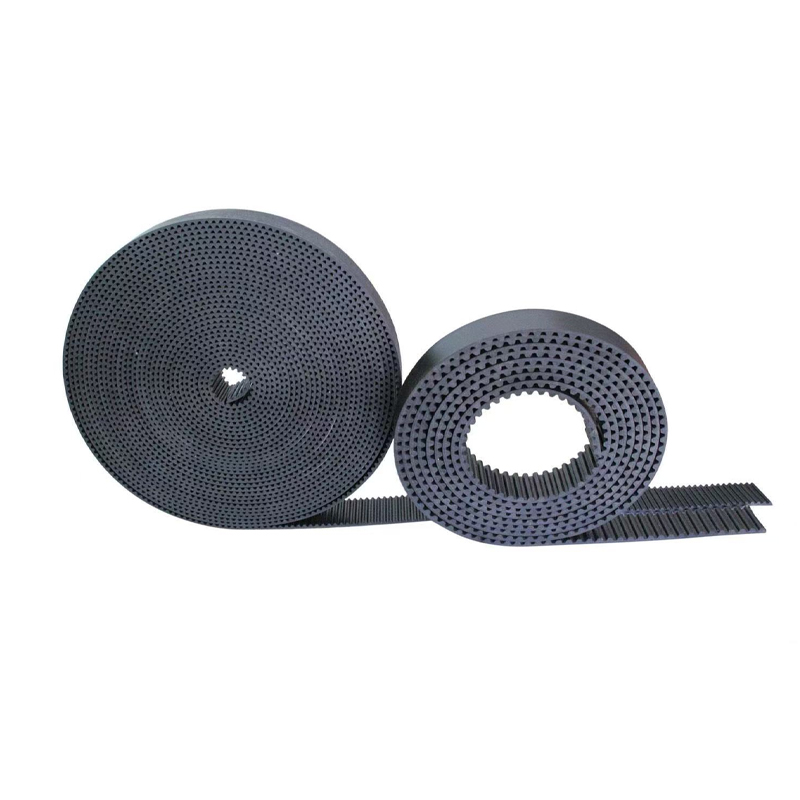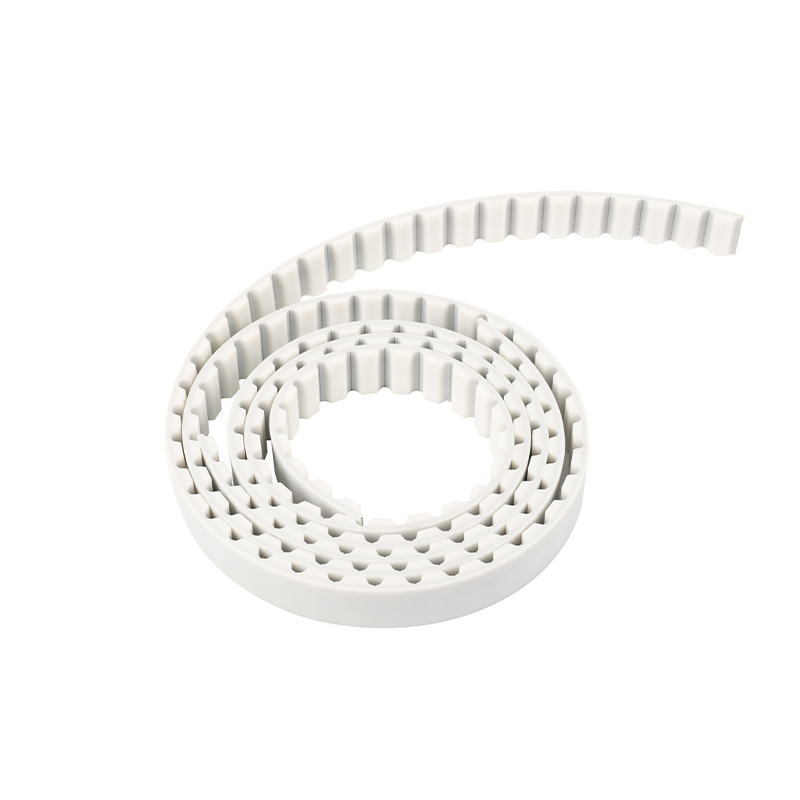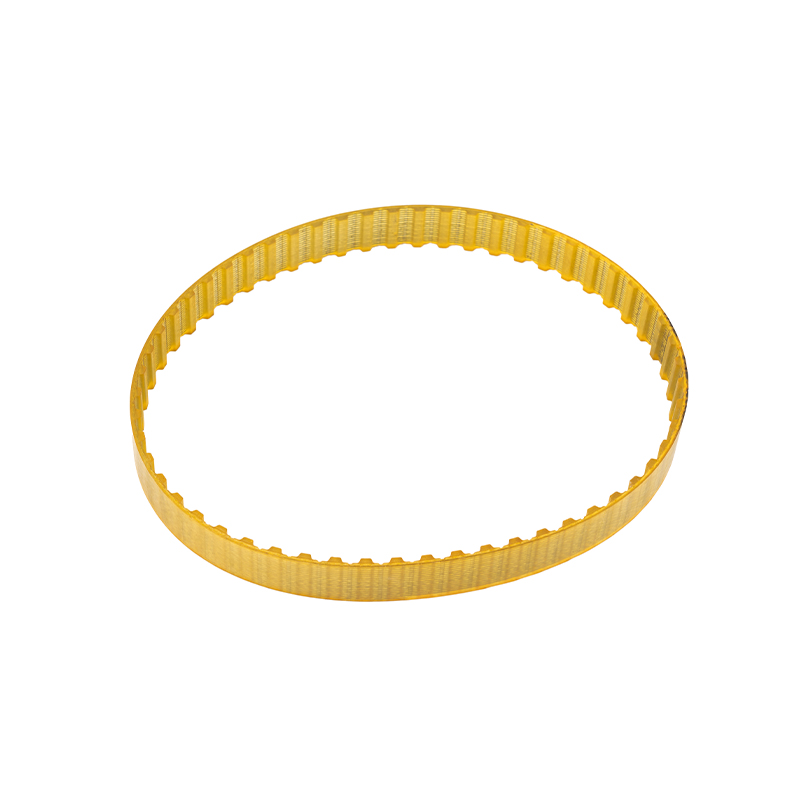How do PU timing belts perform in terms of chemical resistance?
2025-04-30
PU timing belts are widely used in various industries, especially in those environments that require high strength, high durability and certain resistance to chemical corrosion. As a special material, polyurethane has good physical and chemical properties, which makes it show unique advantages in chemical corrosion resistance. The chemical corrosion resistance of PU timing belts is not absolutely impeccable, and it may perform differently when facing different types of chemicals.
As an elastic material, the chemical resistance of polyurethane mainly depends on the stability of its molecular structure and the density of elastic chains. Compared with traditional rubber timing belts, PU timing belts can maintain higher stability in many chemical media, especially in terms of oil resistance, grease resistance, and solvent resistance. For some common industrial chemicals, such as gasoline, engine oil, lubricating oil, and a variety of industrial solvents, PU timing belts show strong corrosion resistance. This makes it an ideal transmission choice in the automotive, machinery manufacturing and other industries with high requirements for chemical protection.
The corrosion resistance of PU timing belts is reduced when facing certain strong acids, strong bases and oxidizing chemicals. Certain high-concentration acidic or alkaline solutions, especially long-term contact, can cause damage to the structure of polyurethane materials, thereby affecting their strength and durability. For example, chemicals such as concentrated sulfuric acid and sodium hydroxide may damage the molecular chain of polyurethane, causing its physical properties to drop significantly, resulting in cracks, crazing or deformation. Although PU timing belts show strong acid and alkali resistance in some cases, it is still very important to avoid long-term exposure to these chemicals in order to extend their service life.
The chemical resistance of PU timing belts also varies when facing environmental factors such as high temperature or ultraviolet rays. Ultraviolet radiation may cause oxidation reactions on the surface of polyurethane materials, especially when exposed to long-term sunlight. This oxidation reaction affects the surface hardness and elasticity of polyurethane, which in turn affects its transmission effect. However, by adding specific anti-ultraviolet additives, PU timing belts can enhance their anti-ultraviolet ability to a certain extent and reduce chemical changes caused by ultraviolet radiation.
The chemical resistance of PU timing belts is also affected by their production process. During the manufacturing process, PU timing belts often add some auxiliary chemicals, such as stabilizers, antioxidants, etc. These additives can enhance their chemical corrosion resistance to a certain extent. For those PU timing belts that need to be used in special chemical environments, manufacturers usually adjust their formulas and processes according to the different needs of the application to ensure that they can effectively resist the erosion of specific chemicals.
PU timing belts have shown better performance than traditional materials in terms of chemical corrosion resistance, especially when facing oils, solvents and certain acid and alkali substances. However, despite its good chemical resistance, it still needs to be used with caution in the face of strong chemical environments to avoid long-term contact with highly corrosive substances that may cause material degradation. In order to ensure the long-term stability of PU timing belts, corresponding adjustments and choices should be made according to the specific working environment and chemical media when selecting and using them.


 English
English 中文简体
中文简体